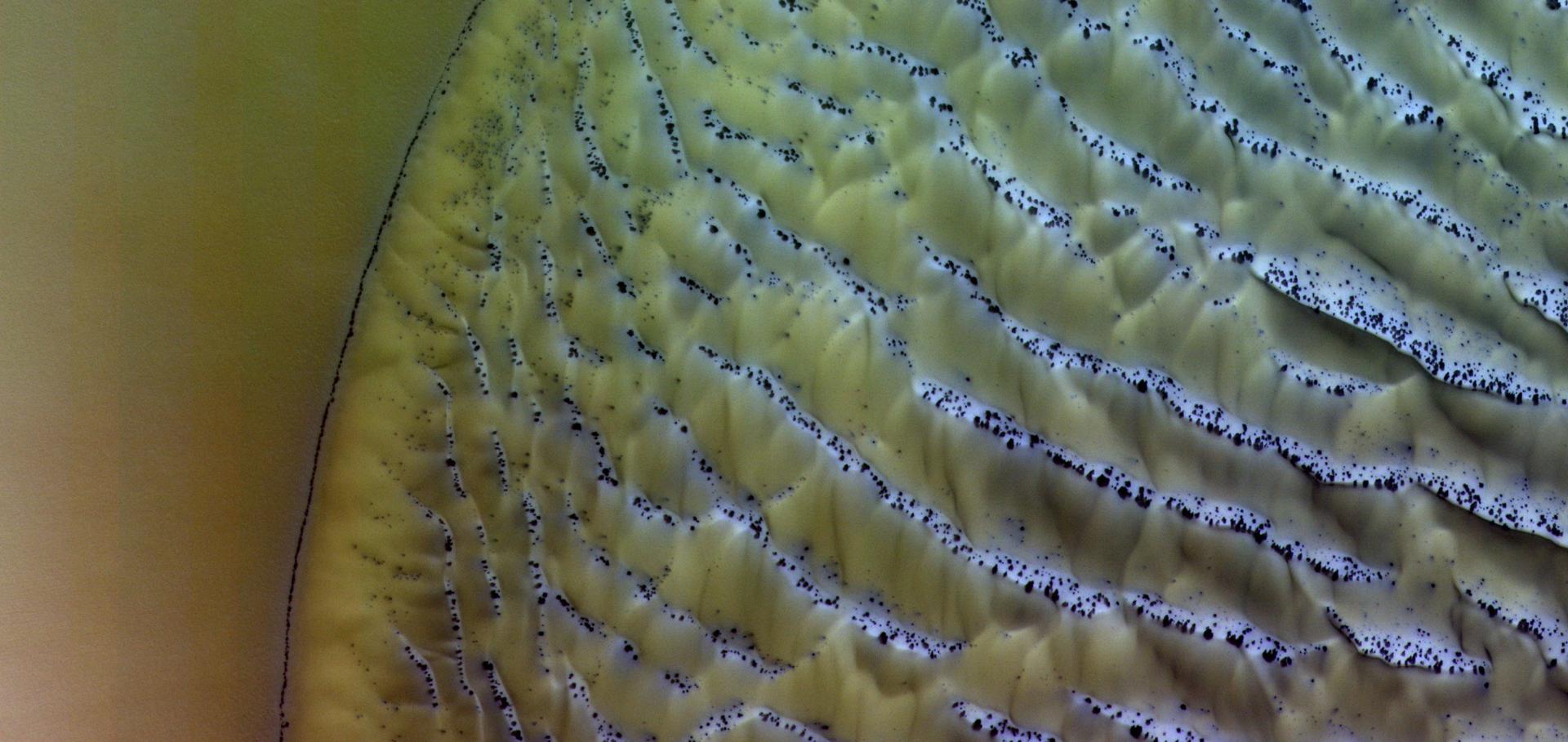The vertical structure of CO in the Martian atmosphere from the ExoMars Trace Gas Orbiter
University of Oxford (2020)
Abstract:
CO VMR vertical profiles for the atmosphere of Mars derived from the mid infrared channel of the Atmospheric Chemistry Suite (ACS MIR) on the ExoMars Trace Gas Orbiter (TGO) from the first thee months of science operations. Data archived in support of the manuscript titled The vertical structure of CO in the Martian atmosphere from the ExoMars Trace Gas Orbiter published in Nature Geoscience.Validation of the HITRAN 2016 and GEISA 2015 line lists using ACE-FTS solar occultation observations
Journal of Quantitative Spectroscopy and Radiative Transfer Elsevier 236 (2019) 106590
Oxygen isotopic ratios in Martian water vapour observed by ACS MIR on board the ExoMars Trace Gas Orbiter
Astronomy and Astrophysics EDP Sciences 630 (2019) A91
Abstract:
Oxygen isotope ratios provide important constraints on the history of the Martian volatile system, revealing the impact of several processes that might fractionate them, such as atmospheric loss into space or interaction with the surface. We report infrared measurements of the Martian atmosphere obtained with the mid-infrared channel (MIR) of the Atmospheric Chemistry Suite (ACS), onboard the ExoMars Trace Gas Orbiter. Absorption lines of the three main oxygen isotopologues of water vapour (H216O, H218O, and H217O) observed in the transmission spectra allow, for the first time, the measurement of vertical profiles of the 18O/16O and 17O/16O ratios in atmospheric water vapour. The observed ratios are enriched with respect to Earth-like values (δ18O = 200 ± 80‰ and δ17O = 230 ± 110‰ corresponding to the Vienna Standard Mean Ocean Water). The vertical structure of these ratios does not appear to show significant evidence of altitudinal variations.Publisher Correction: No detection of methane on Mars from early ExoMars Trace Gas Orbiter observations
Nature Springer Nature 569:7754 (2019) e2-e2
Publisher Correction: Martian dust storm impact on atmospheric H2O and D/H observed by ExoMars Trace Gas Orbiter
Nature Springer Nature 569:7754 (2019) e1-e1


